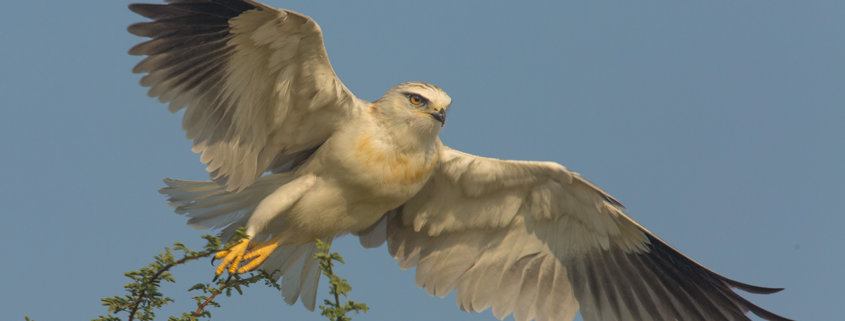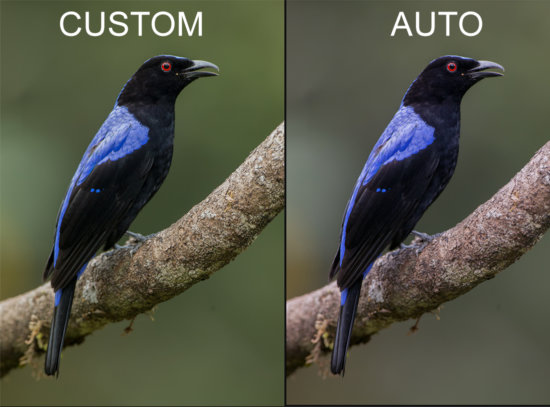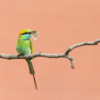How to set white balance for wildlife photography
White balance is an important concept to understand as it can make a large impact on your wildlife photos. It can affects the mood of an image and is critical for accurate color tones as well as creativity.
What is White Balance?
A short answer is: The way a camera knows what temperature white reflects in a particular situation. This helps the camera decide the overall color tone of the scene. A wrong white balance renders an ugly color cast on an image. Have you ever encountered a situation where the image appeared more yellow than the scene actually was? That’s because of an error in judgement from your camera in terms of the temperature that white color is reflecting (white balance).
Now, in wildlife photography, people often have a default favorite white balance that they stick to (cloudy, daylight, etc.) no matter what the conditions. I’ve also seen people who keep to AWB (auto white balance) and let the camera decide on the white balance. In my opinion, people should rethink both of these approaches.
White balance plays two roles in wildlife photography:
- To depict light as it truly is with the correct color tones
- A tool to get creative with your photography
White Balance for Correct Color Tones
The first role is actually pretty straight forward. Just ensure that you set the white balance (WB) according to the current temperature of the source of light. For example, if you are standing under bright sunlight, the WB is sun-light or daylight. If you are in a situation where the sky is cloudy, use a cloudy WB for a truer representation of colors by the camera.
The camera comes with some built-in preset WB values such as Daylight, Cloudy, Shade, but they are not always enough. For example, the Daylight setting is supposed to be used for whenever you are in sunlight. Now we all know that the intensity and tone of the sun’s rays at 10 am versus 5 pm are vastly different. In this situation, you need to set the WB manually to ensure there is no color cast. Take a look at a few examples below.
The above image is a classic.
The general argument I get when people talk to me about the WB is that we can change it later. Well, of course we can. But, unless you start using your WB for role 1, there is no chance you will use it for Role 2. Role 2 for the WB is its usage as a creative tool.
White Balance for Creative Photography
By constantly thinking about how a change in white balance will alter the image, you get that much more creative in the field. Take a look at the following images.
The image below shows a deep orange hue. While the setting sun helps in getting the hues, these can be enhanced by dialing in a warm WB. In this example, it sits up at 9000 K.
If we go to the other extreme of the spectrum, things start to get even more interesting and unusual. Take a look at the image below taken at the crack of dawn with the camera struggling to auto-focus. Making such images isn’t easy but it is a very satisfying process once you get the hang of it. The image below was made at around 4000 K which renders a cool feel to the image. Similar results can also be achieved in post-processing. Having said that, I feel that it is very difficult to visualize these things without having WB in your conscious decision making process while in the wild.
Remember, whenever you go out for a shoot, always think about the ways you can get creative. White balance is an easy-to-use tool to do just that.














 Copyright © 2018 Ugo Cei
Copyright © 2018 Ugo Cei